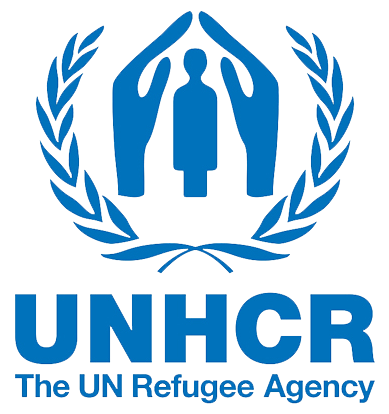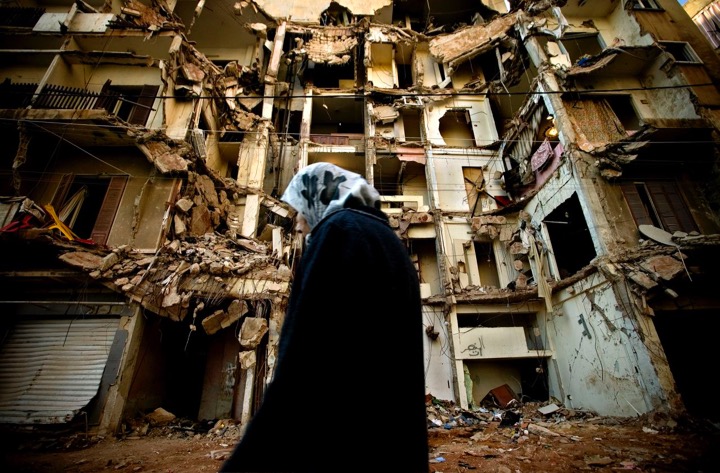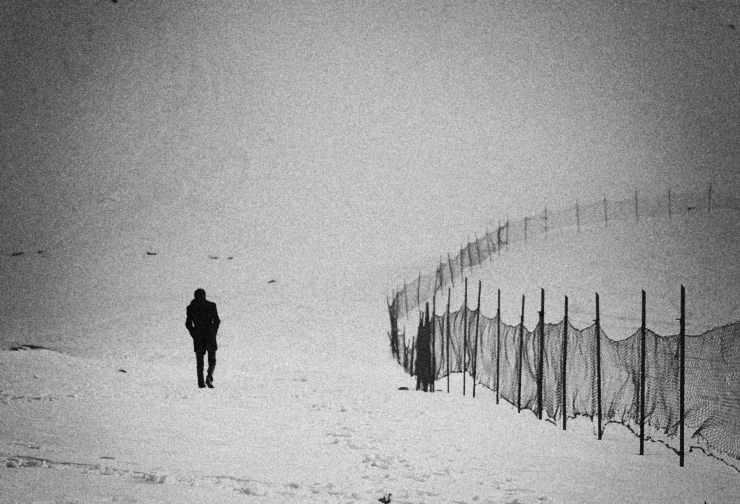Refugees

UN 1951 Convention on refugees defines a refugee as:
”a person outside of their country of origin and is unable or unwilling to return to their country of origin due to a well founded fear of being persecuted for reasons of race, religion, nationality, membership of a particular social group or political opinion.“
You don’t have to have documentation to seek protection and you can travel on false passports - though in the UK this has led to arrest or detention.

Why is there a need for an international charter for refugees?
- Not all states in the world respect human rights.
- People have the right to flee from persecution, war and terror.
- People fleeing war and terror have the right to expect to be treated fairly and justly under international law.
In many parts of the world simply crossing a border makes you a “refugee” - there is no process of seeking asylum.
However, in many western nations, including the UK there is a process for assessing if a person meets the requirements of the 1951 Convention. The person seeking protection will need to evidence that
- they meet the definition set out in the 1951 convention above.
- they are unable to seek the protection of their own government.
- there was a need to cross a border to seek protection.
Why people flee their home country

The stressors of forced exile
There are three stages of forced exile:
- Pre-flight - conditions in the home country
- During flight - conditions and experiences during the journey/s leaving home
- Post-flight - life in the UK
Significant stressors exist at all three stages.
Stressors create distress
Distress is an inevitable component of exile. This can be disabling, and if so, should not be ignored. It is easy to assume that this distress is a symptom or a result of ‘trauma’ and whilst this may be true to an extent, the reality is often more complex. What would it take to make you leave your home? Or your home town? Or the UK?
- Distress may be a normal reaction to abnormal circumstances – “he has lost not his mind, but his world”
- Try not to ‘medicalise’ misery
- Don’t assume the cause of the distress - loss may be more significant than simply ‘trauma’
- Asylum seekers are caught between two worlds - no longer belonging to their own country, but not yet part of the UK either
Pre-flight experiences
How much is too much? What would make you leave your home, your life and everyone you know behind? People leave for a variety of reasons, but rarely do so without good cause. People forced to flee are likely to have experienced one, several or all of the following:
- Oppression
- Persecution
- Harassment
- Conflict
- Witnessing combat
- Imprisonment
- Violence
- Torture
- Rape and sexual violence (of men as well as women)
- Fear
- Famine
- Death or injury of family and friends
- The chaos of war and civil unrest
- Extreme poverty
- Environmental disasters

In fact, flight may have happened many times. People may face the need to leave their home, a particular neighbourhood, a city, a region or a country.
The circumstances leading to flight may be sudden and brutal, or long and incremental, with multiple escapes and perilous journeys. Many people will have lived in refugee camps for years, with only an ancestral memory of home. The journey that brought them here may be only the last in a series of upheavals and most refugees cannot know if these losses are temporary or permanent.
Why people flee to the UK
Four key reasons
- democracy & human rights
- social relations
- historical and cultural ties
- family ties
The Refugee Council report “Chance or choice?” (2010) showed that only a third of the asylum seekers in the UK have a choice about where they seek protection.
Watch the video case study below:
Kinfe’s Story...
Many refugees and asylum seekers are here not through choice but through circumstances beyond their own control
Asylum in the UK
To become a refugee in the UK a person must first register their claim for asylum with UK Visas and Immigration (UKVI). UKVI is the division of the Home Office that is responsible for making asylum decisions.
Once a person has registered their claim for asylum and during the time they are waiting for a decision on their case, they are known as an Asylum Seeker. Under international agreement, an Asylum Seeker is entitled to the full protection of the UK government during this period.
UKVI also offers assistance to anyone seeking asylum who has arrived without financial resources or social support. This is in the form of either temporary housing and/or cash allowance for food and subsistence.
If they have family or dependents with them, these dependents will also receive support.
Some restrictions on claiming asylum in the UK
A claim might not be considered if:
- a person is from an EU country, or
- has a connection with or has travelled through a "safe third country" in which they could have claimed asylum, or
- they have been refused asylum in another country
Refugee or Asylum Seeker?
Compare the following two people.
Can you tell which is a refugee and which is an asylum seeker?
 Mariam is 34 yrs old and has two children.
Mariam is 34 yrs old and has two children.
She has been in the UK for 5 years and has lived in four different areas in the North West.
She fled Eritrea after her brother, father and husband were arrested.
She struggles with depression as she has not yet been told she can stay in the UK.
Is Mariam a refugee or an asylum seeker?
Refugee
Asylum Seeker
 Aung is 24 yrs old and single.
Aung is 24 yrs old and single.
He has been in the UK for 6 months and is currently sleeping on his friend’s floor because he is homeless.
Aung spent a week in detention when he arrived at Manchester airport after escaping from a camp in the Chin area of Burma.
On release from detention he was given 5 years leave to remain.
Is Aung a refugee or an asylum seeker?
Refugee
Asylum Seeker
Refugee resettlement
The Covid-19 pandemic interrupted the UK’s refugee resettlement activities and led to uncertainty over its future resettlement plans.
Resettlements to the UK were put on hold in March 2020 and only began to resume at the end of the year. The Government has recently confirmed that the remaining small number of people due to be resettled in the UK from the conflict in Syria are expected to arrive in early 2021.
The Government has also reaffirmed its intention to launch a new ‘UK Resettlement Scheme’ after the end of the Syrian scheme. There is some uncertainty about whether the Government’s plans for the new scheme will resemble the model previously outlined. The timescale, number of places to be offered, and funding arrangements, also remain unconfirmed. Local authorities and other stakeholders are warning that without certainty of the Government’s intentions and funding commitments to the new scheme, they may have to scale back their own commitments in respect of resettled refugees.
This short briefing gives an overview of recent Government statements on the resumption of resettlement in the UK and its plans for the new UK Resettlement Scheme. Commons Library briefing Refugee Resettlement in the UK (6 March 2020) has more detailed information about the development of refugee resettlement programmes in the UK over the past five years, including the background to the new scheme.
Fact check quiz
Q1. What was the estimated number of refugees across the globe in 2019?
100,000
700,000
3 million
26 million
100 million
Q2. From which country was the highest number of people forced to flee, in 2019?
Afghanistan
Myanmar
Somalia
South Sudan
Syria
Q3. Which country hosted the highest number of refugees in 2019?
Germany
Lebanon
Pakistan
Turkey
UK
Q4. Which EU country received the highest number of asylum applications in 2018?
UK
France
Italy
Germany
Greece
Q5. What percentage of the world’s refugee population is present in the UK?
12%
3%
10%
17%
1%
The quiz highlights several key facts:
Numbers of refugees and the countries they flee to and from are always changing but,
- The largest majority of refugees and asylum seekers are found in the regions and areas near to their home country.
- The UK and Europe protect fewer refugees and asylum seekers than many of the world’s poorest nations.
- The number of people who claim asylum in the UK are, in global terms very small.
Summary
A refugee is...
a person outside of their country of origin and is unable or unwilling to return to their country of origin due to a well founded fear of being persecuted for reasons of race, religion, nationality, membership of a particular social group or political opinion.
An asylum seeker is…
a person who has registered a claim for protection by the UK government under the 1951 Refugee Convention and is awaiting a decision on that application.
The UK Visas and Immigration role is...
to register claims for asylum and decide on a claim for asylum,
to offer support to those that are awaiting this decision,
to remove those who have been unsuccessful in their asylum claims.
In this unit we have covered:
- The definitions of refugee and asylum seeker
- The reasons people claim asylum in the UK
- The role of UK Visas and Immigration
